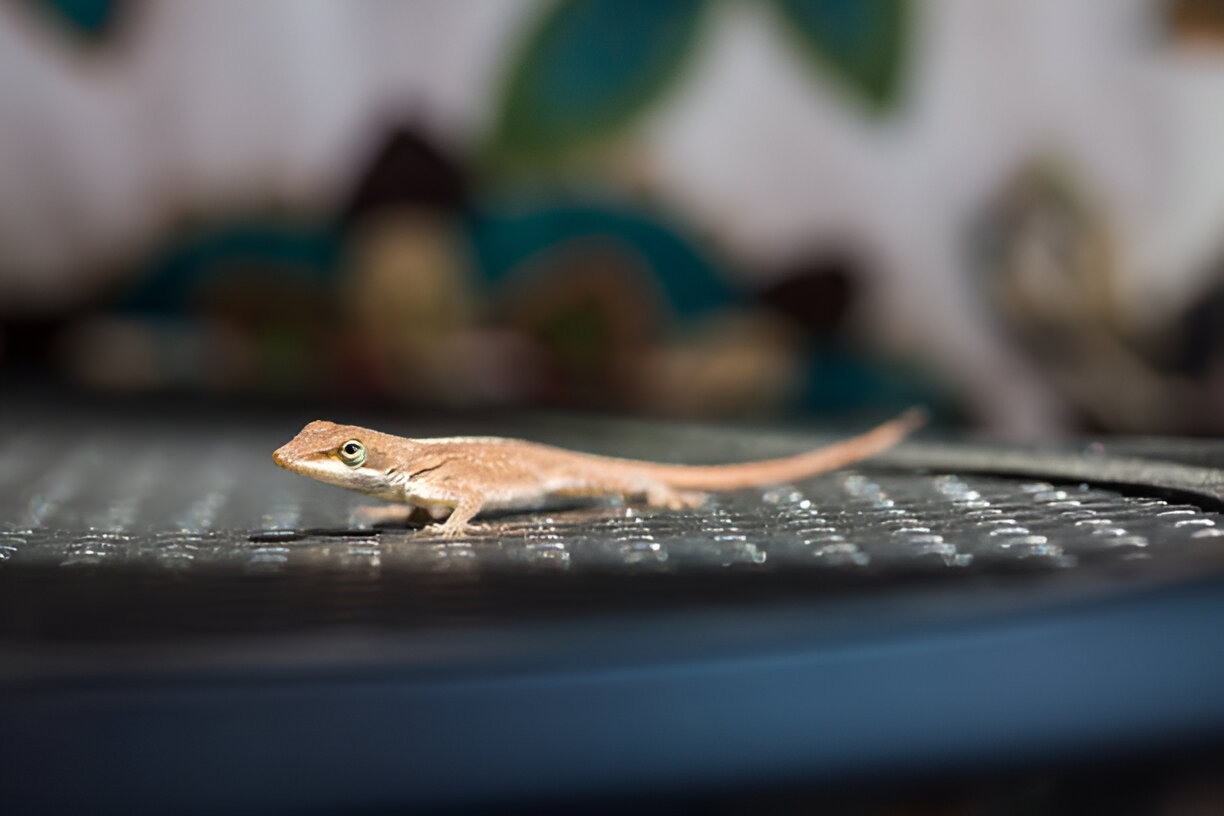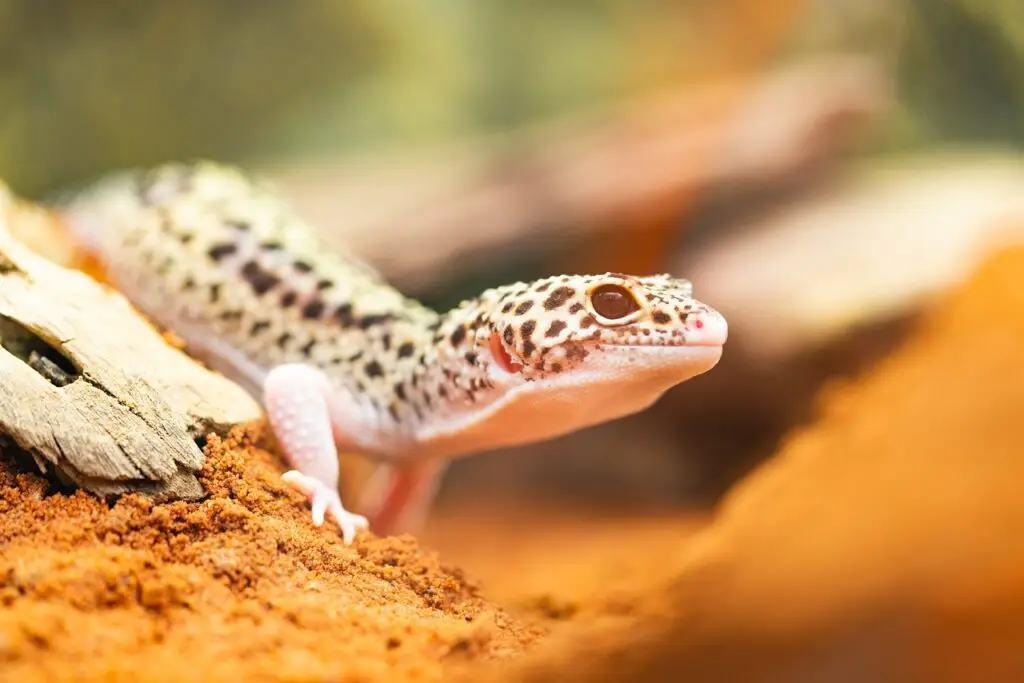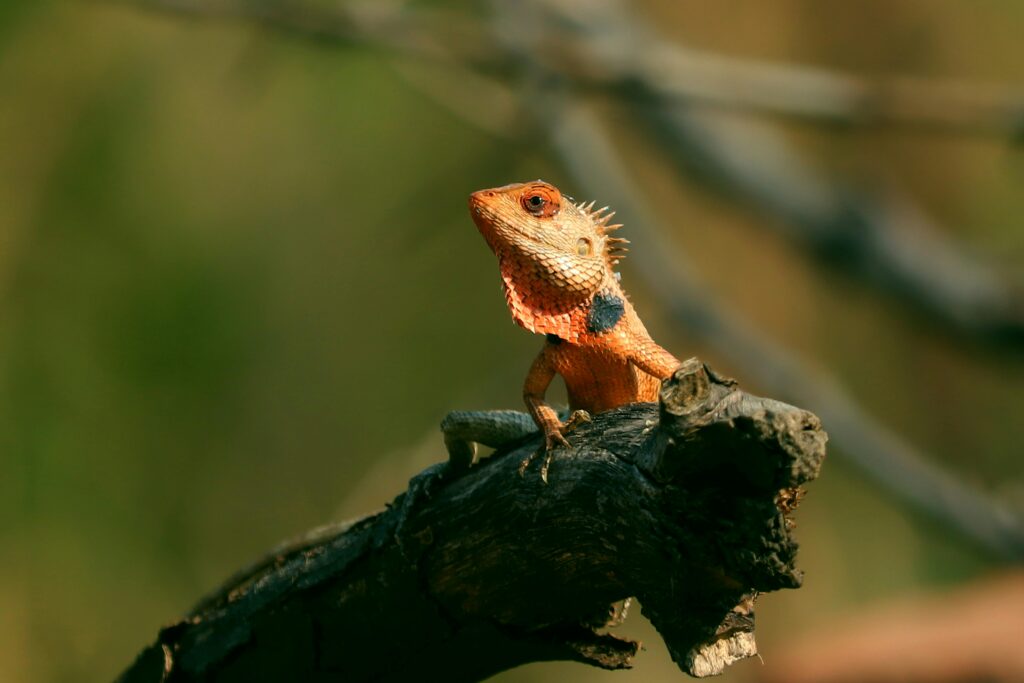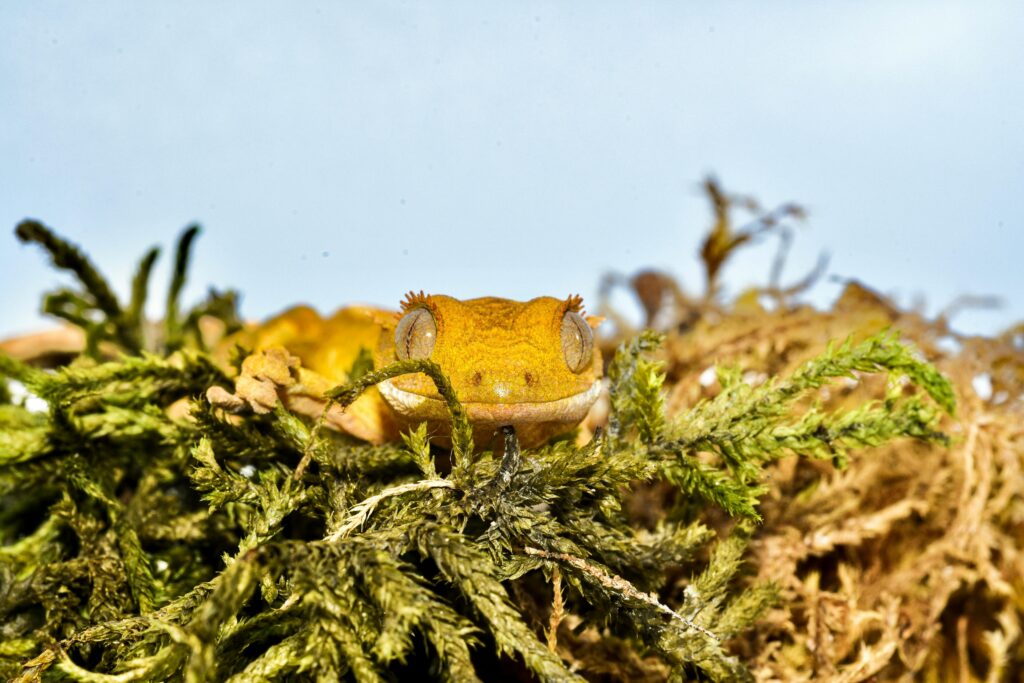is a heat mat safe for reptiles
Reptiles, as cold-blooded creatures, rely heavily on their environment to regulate their body temperature. In captivity, ensuring that a reptile’s habitat maintains an appropriate temperature is essential for its health and well-being.
One of the most common tools used by reptile owners to provide heat in enclosures is the heat mat. While these devices can be very beneficial when used correctly, they also come with potential risks if not managed properly. In this blog, we’ll explore whether a heat mat is safe for reptiles, its advantages, potential risks, and how to use it properly.
Understanding Heat Mats for Reptiles
A heat mat, or heat pad, is an electrically operated heating device for reptiles. It is usually placed under the tank or attached to the bottom of the enclosure. These mats generate a gentle, consistent heat that helps regulate the enclosure’s temperature, simulating the warmth reptiles would get from the earth’s surface in their natural habitats.
Heat mats are usually used in conjunction with other heat sources, such as basking lights or ceramic heat emitters, to ensure that the enclosure has both a warm side and a cool side. This temperature gradient is crucial for reptiles because it allows them to regulate their body temperature by moving between areas of different levels of warmth.
Why Reptiles Need Proper Heat
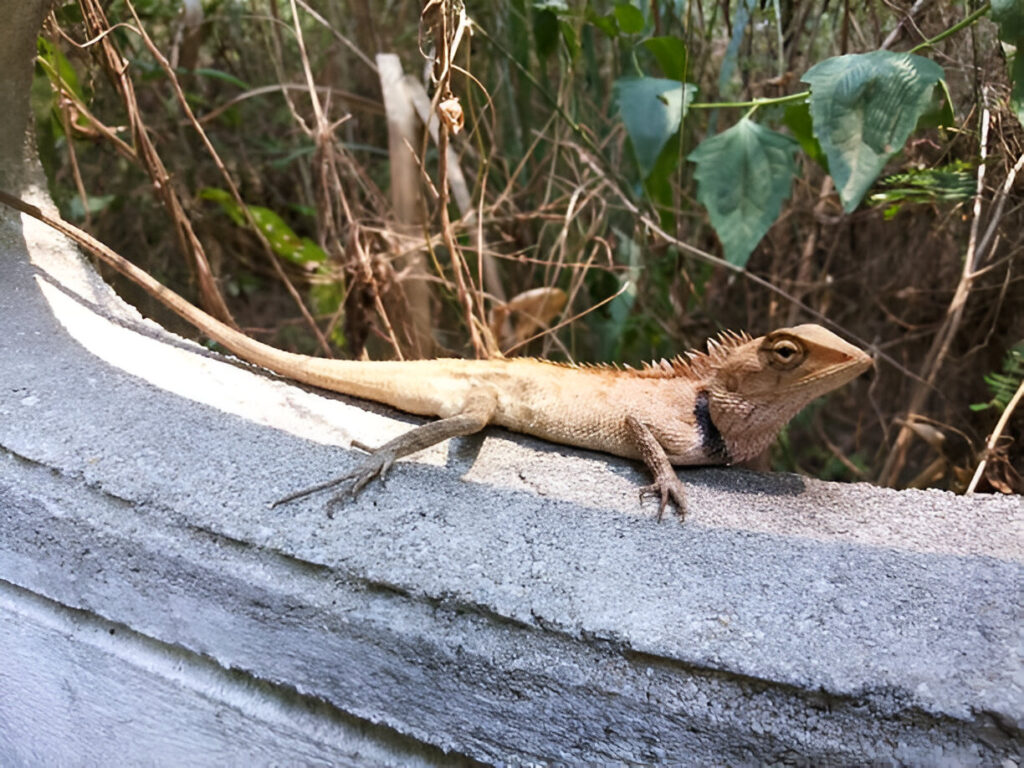
Reptiles are ectothermic, meaning they cannot produce their own body heat as mammals and birds can. In other words, their body temperature is controlled by the environment surrounding them. All of their metabolic activities, like digestion, immune response, and locomotion, are directly influenced by ambient temperatures.
Access to appropriate temperature gradients in the environment is crucial for health and survival in reptiles. Without the proper conditions, reptiles are susceptible to a number of health issues. Let’s discuss in detail why proper heat is vital for reptiles:
1. Impaired Digestion
Digestion in reptiles is a temperature-dependent process. Heat is considered the most integral part in the digestion of food and the absorption of nutrients. Here’s how improper temperatures affect digestion:
- Cold Temperatures: When the temperature falls below a certain point, metabolic processes in reptiles slow down. This includes digestive processes. Reptiles depend on heat to raise their body temperature enough for their digestive enzymes to work properly. If it is too cold, food will not be sufficiently broken down and one may experience delayed digestion or undigested food that can stay in their stomach for too long. When this happens, impaction-a condition wherein food and waste get stuck in the digestive tract-can occur and may lead to other critical health issues such as constipation, bloating, and in worst cases, death.
- Digestive Efficiency: Reptiles have a biological system that is not made to work in cold conditions; in case of the absence of temperature, nutrients from food might not be absorbed well, leading to malnutrition, weight loss, and general weakness. This is very important in providing a consistent temperature gradient, wherein there should be a place to bask and then a place to retreat to, cooler.
- Temperature Range: Different species have optimal temperature ranges, which can be quite specific to ensure proper digestion. For example, bearded dragons generally need a basking temperature of about 100°F (38°C), while ball pythons may want a warmer spot at about 90°F (32°C). The only surefire way to guarantee this is to research the exact requirements for your species of reptile.
2. Poor Immune System
Like all animals, reptiles rely on their immune system to protect them against any kind of pathogen, bacteria, and infection. However, in reptiles, the immunological function is directly influenced by body temperature. A reptile’s immune system works best if the body is kept within an optimal temperature range; if it is too cold, the reptile’s immune response can become sluggish, making them more prone to infections.
- Cold Stress: Whenever a reptile is subjected to cold temperatures for too long, its metabolism comes almost to a standstill. Cold stress lowers their immunities and prevents them from fighting off diseases. Sometimes these are just simple fungal and bacterial infections that the average reptile could easily cope with.
- Fungal and Bacterial Infections: Too cold an environment can result in fungal infections or bacterial diseases in many reptiles. For example, respiratory infections are common among reptiles that are maintained at low temperatures. Such infections may be serious enough to give rise to symptoms such as coughing, wheezing, and nasal discharge. Scale rot or mouth rot may also develop in reptiles living in humid but improperly heated environments.
- Heat for Health: When reptiles become ill, heat becomes fundamental to their healing process. Heat supports the immune function by increasing blood flow and helping the body to be able to fight an infection. A constant and comfortable temperature range will help the healing process much as warmth helps humans recover from illness.
3. Stress and Behavioral Problems
Temperature imbalance, besides affecting the health of a reptile, can also alter its behavior. Reptiles are susceptible to environmental stressors, and one of the most potent stressors they can face is improper temperature regulation.
- Behavioral Changes: Inappropriate temperature stress can lead to several negative behavioral changes. Lethargic or more aggressive behaviors are seen, depending on species. They also show poor appetite or may refuse to eat, leading to malnutrition or dehydration quite fast.
- Stress-Induced Diseases: Prolonged stress may very well diminish the reptile’s body and render it more prone to diseases. The stressors involved suppress the reptile’s immune system, therefore making them much more vulnerable to various types of infections and other diseases. Changes in shedding patterns of reptiles may be incomplete or problem sheds that might result in further skin health complications.
- Loss of Thermoregulation: Reptiles can move themselves in the wild to places where the temperatures are warmer or cooler as a method of thermoregulating. In captivity, reptiles may overstress due to an inability to move to a cooler area if they become too warm or vice versa. This is why creating a temperature gradient in the enclosure is so important, which would allow your reptile to move freely around based on its needs.
4. Failure to Regulate Body Temperature(Thermal Stress)
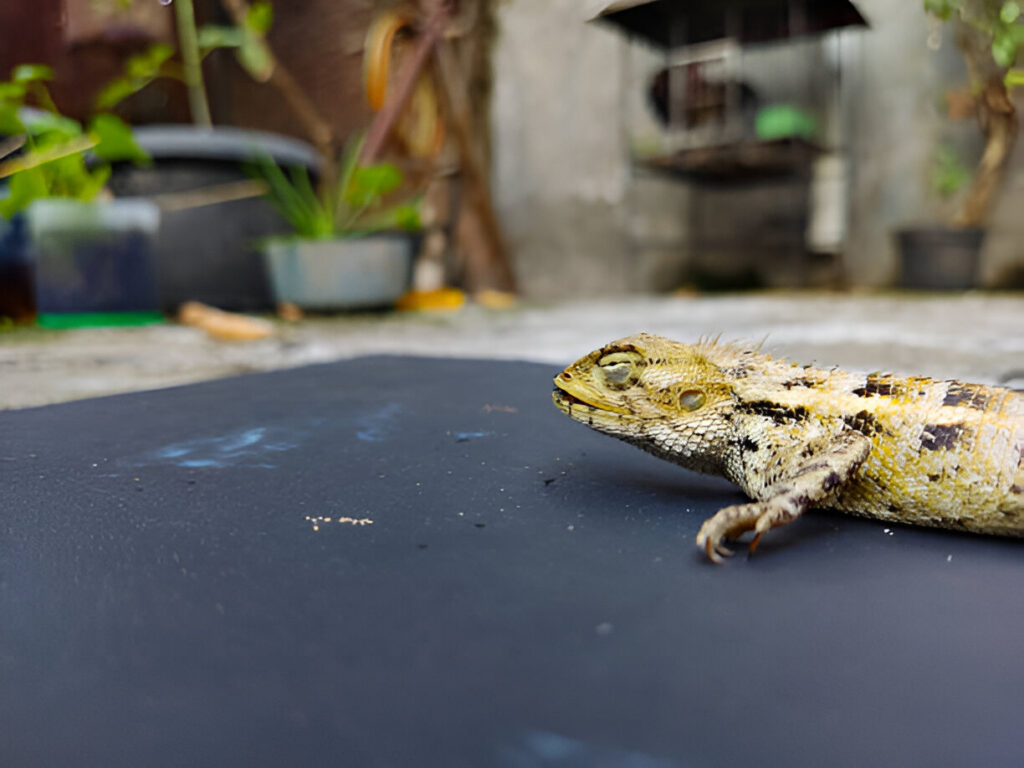
Reptiles depend uponbehavioral thermoregulation, or utilization of the environment, to modify their body temperature. Thus a reptile can bask in warm sun and move into cooler areas if too hot under natural conditions. Ability to migrate to different temperatures in an important part of proper internal function.
- Thermal Stress: In the absence of a proper temperature gradient, reptiles may not be able to regulate their body temperature effectively. This is a situation where the reptile cannot find the right balance of heat, leading to overheating or hypothermia.
- Overheating: When reptiles are exposed to excessive heat without a means to cool down, they develop heat stress. It can cause dehydration, shutdown of internal organs, and even death if left untreated. Overheating also affects the neurological condition of reptiles, making them either paralyze or become non-responsive.
Hypothermia: If the reptile is exposed to temperatures lower than which it can bear, then this lethargic state may further deteriorate and reach a stage where there is no muscular movement or efficiency. It may result in weakened muscles, a reduction in the heartbeat rate, and eventually hypothermic shock, which may cause death if not treated properly. - Creating the Right Temperature Gradient: To avoid thermal stress, reptile owners should ensure that their enclosure has both a warm side (for basking and maintaining metabolic function) and a cooler side (where the reptile can retreat to regulate its temperature). The warm side with the use of a suitable heat source, such as a heat mat, lamp, or ceramic heat emitter, should be heated. The cool side should maintain a temperature that will make it possible for the reptile to lower its body temperature when needed.
The Role of Heat Mats in Providing Proper Heat
One of the most popular tools used by reptile owners to achieve the right temperature gradient is heat mats. These units help simulate the warmth the reptiles get from the ground or rocks in their natural habitats. You can attach the heat mat under the tank or on the side to create a reliable source of heat your reptile can make use of.
Basking Zones: The most frequent and usual application of heat mats is on the basking side of the enclosure as an actual source of heat coming into direct contact with the reptile. The reptile gets heated from below very gently by the matting to reach the required body temperature for digestion and all other functions.
Other Sources of Heat: While heat mats can give a consistent source of heat, they are not used in isolation but in addition to other sources of heat, like basking lamps or heat emitters, in providing a temperature gradient. This would ensure the reptile has access to direct heat and areas of cooler rest.
Temperature Regulation: The heat mats are also designed to work with the *thermostat* in regulating temperature. This keeps overheating off and prevents the heat mat from reaching extremely high temperatures. Application of a thermostat is critical in preventing thermal stress.
Are Heat Mats Safe for Reptiles?
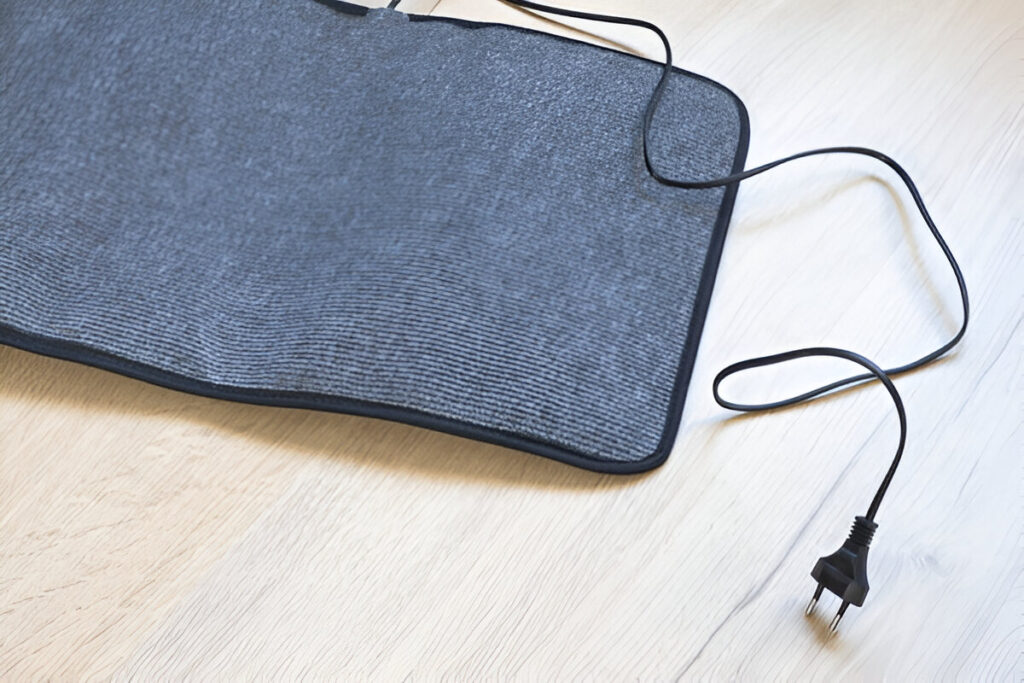
Are Heat Mats Safe for Reptiles?Heat mats are usually safe for reptiles if used appropriately and, as such, serve as a very popular option for owners in heating up their pet’s enclosure with consistency and reliability. However, as with any other electric appliance, understanding the correct method of using them is very crucial for your pet’s safety.
Advantages of Using Heat Mats
Perfect for Ground-Dwelling Reptiles
Especially terrestrial reptiles, which always stay on the ground, love to lie on heat mats. Naturally, they would want to bask on warm surfaces, and heat mats are ideal for them in that respect since the heated temperature emanates from beneath.
Consistency of Heat
Heat mats can provide uniform and consistent heating, which can be quite advantageous in maintaining constant temperature inside the enclosure. This could be helpful for reptiles that need certain temperature parameters to thrive.
Ease of Use
They are relatively easy to install and maintain. Just plug it in, put under the tank or on the side of the enclosure, and if needed, set up a thermostat. Heat mats also do not clutter space inside the enclosure, as big basking lights or heat lamps do.
Cost-Effective
Being relatively cheap, especially when compared to other forms of heating like ceramic heat emitters or basking lamps, heat mats are reasonable. Most have lower wattage, which generally cuts down electrical consumption over a long period.
helps Maintain Proper Temperature Gradients
Another important reason one might opt for a heat mat is for the possibility it provides to give an internal temperature gradient within the enclosure. Placing a heat mat on one side of the enclosure can offer your reptile both a warm side and a cool side for effective thermoregulation.
Potential Risks of Using Heat Mats
While heat mats can be useful, they are not without risks. If used improperly, heat mats can cause health problems for reptiles or even pose a fire hazard. Let’s look at some of the potential risks and how to mitigate them.
- Overheating
Probably the most general risk involved with heat mats is overheating. In the event of the mat staying on too high or for too long, it can make the substrate in the tank excessively hot, causing thermal burns or dehydration to your reptile. It could even be one of the causes for stress and potential organ damage.
How to avoid overheating :
- Always use a thermostat to regulate the heat mat’s temperature. That way, it will never be too hot.
- Use a temperature probe to check its surface temperature regularly.
Make sure the mat does not come in direct contact with your reptile; a substrate or thin layer of paper in between the mat and your reptile will dissipate the heat safely.
- Poor Positioning
- If the heat mat is misplaced, it may result in uneven heating or heat pockets. This will make hot spots on your reptile while it is still cold in other places. **How to avoid improper placement:
- Always place the heat mat beneath the substrate and never beneath the glass tank to provide a barrier between the extreme heat and your reptile.
- Secure the mat well and avoid its slithering around, which would lead to uneven heating in the tank.
- Electrical Malfunctions
Being electronic equipment, heat mats can break down. This can cause overheating, short circuits, or even fire in worst-case scenarios. How to prevent electrical malfunction:
Always get a high-quality heat mat from a good supplier in order to reduce the chances of malfunction.
- Check the heat mat for wear and tear on a regular basis, including any frayed wires or scorch marks.
- Never use a heat mat that is damaged or seems to be malfunctioning.
- Nocturnal Reptiles and Heat Mats
Some heat mats work continuously, providing a source of constant warmth that can create some problems with nocturnal reptiles. Usually, those are active at night and would not appreciate permanent heat just in the period when they rest. How to not create problems for nocturnal reptiles:
- Utilize a night-time heat source such as a ceramic heat emitter which does not emit any light.
- Utilize a timer or thermostat which will enable you to be able to turn on/off the heat mat to be able to simulate day and night periods naturally.
- Poor Ventilation
Poor ventilation in the enclosure can make the temperature rise too quickly due to the heat mat, and your reptile may not be able to escape the heat. How to avoid poor ventilation:
- Make sure the enclosure has proper ventilation so that air can circulate and overheating can be avoided.
- Fan or use the air vent if this might help keep the temperature at a reasonable level.
How to Use Heat Mats Safely for Reptiles
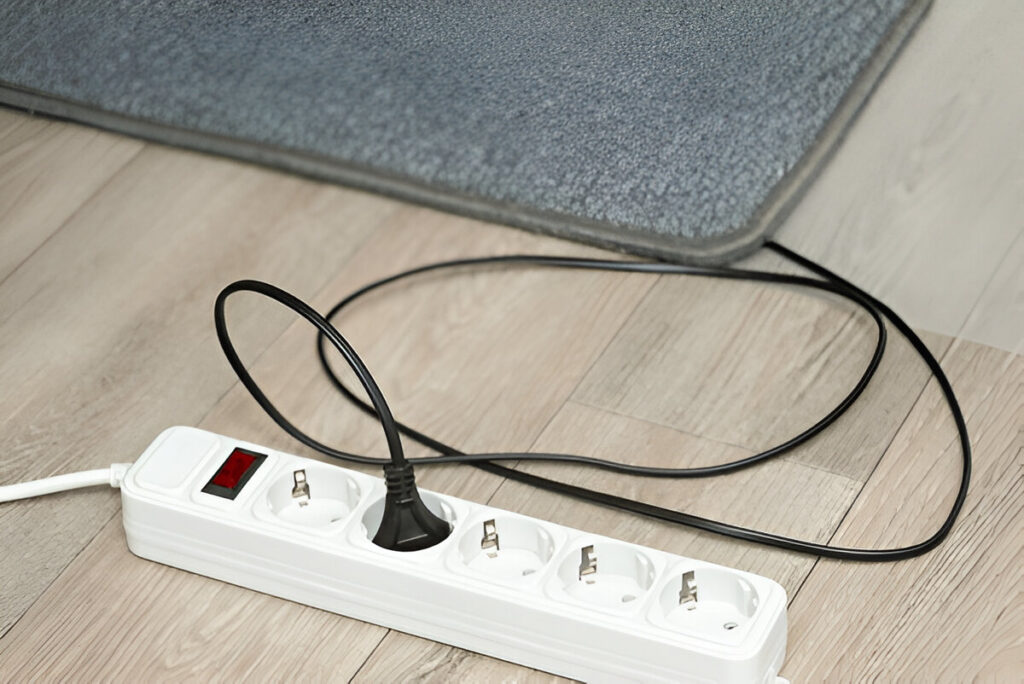
To ensure the heat mat is safe for your reptile, here are some key steps to follow:
- Choose the Right Heat Mat
- Select a heat mat that is suitable for the size of your enclosure and your specific reptile species. A mat that is too large can create excessive heat, while one that is too small may not provide enough warmth.
- Consider the type of reptile you have. For instance, snakes and lizards are ground-dwelling reptiles that usually do well with heat mats rather than arboreal ones.
- Temperature Monitoring
- The temperature of a heat mat should always be controlled using a thermostat. The ideal temperature for most reptiles usually ranges between 75°F (24°C) and 95°F (35°C), depending on the species.
- A thermometer on the warm side will be put inside to monitor the temperature constantly.
- Place Appropriately
- Put the heat mat from underneath the tank, never from its sides or top, because doing this can result in a very uneven temperature. When a glass tank uses a heat mat, place it under the substrate, since glass does not let heat through properly.
- There should always be a layer of substrate between the heat mat and your reptile. It helps in diffusing the heat evenly.
- Regular Heat Mat Check
- From time to time, inspect your heat mat for any sort of damage, wear, and malfunction. Immediately replace it if you observe any sort of damage.
- Temperature Gradient
- -Make sure that one side of your enclosure is *warm* and another side is cool so that your reptile could move to a cooler area when the heat mat becomes intolerably hot.
- Consider Alternative Heat Sources
- Heat mats are not the only heating option. Depending on your reptile’s needs, you may also consider using *basking lights*, *ceramic heat emitters*, or *heat lamps* to provide warmth without the risks associated with heat mats.
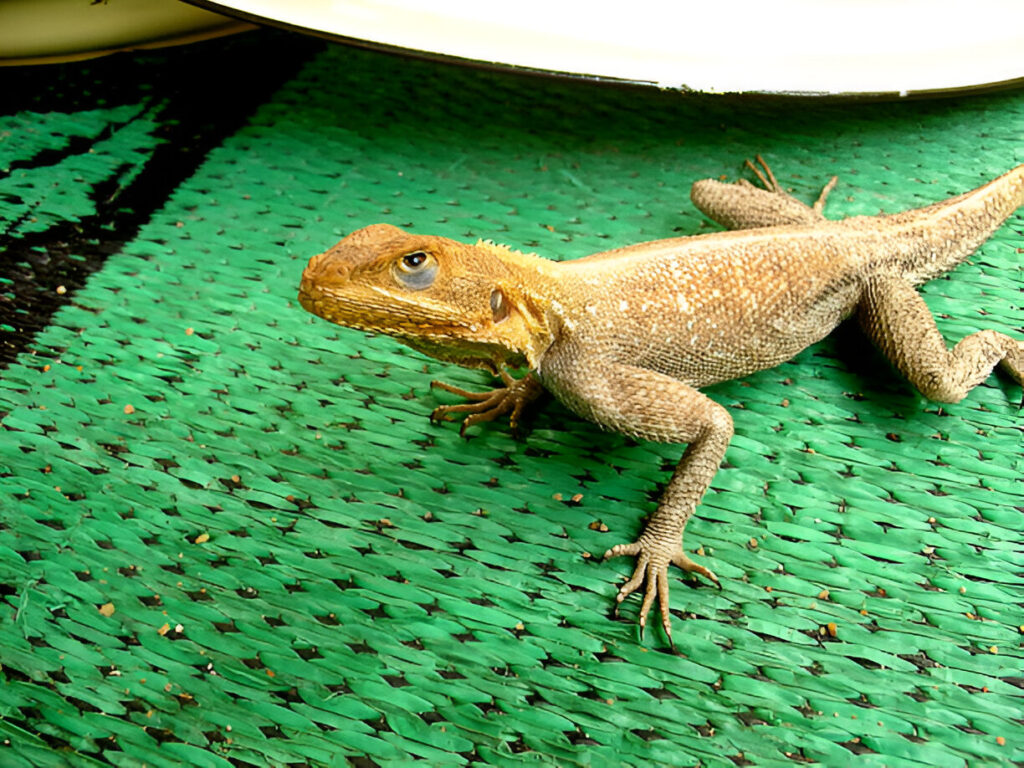
Conclusion
If applied appropriately, heat mats could be an effective and harmless source of heat for reptiles. They will supply gentle, continuous heat that would suffice to maintain proper temperature gradients within the terrarium for thermoregulation by your reptile.
On the other hand, safety with the use of these mats will be important in ensuring correctness of use guidelines and avoiding overheating or electrical malfunction in relation to the animal. Always pay attention to the temperature, place the mat correctly, and check the device periodically for wear and tear.
FAQ
1. What is a heat mat, and how does it work for reptiles?
A heat mat is an electrical device used to heat the area within the enclosure of a reptile. It is placed beneath the tank or attached at its bottom, transmitting heat throughout to the substrate to help the reptile regulate its body temperature accordingly.
**2. Are heat mats safe for reptiles?
Yes, heat mats can be safe if used correctly. They provide the necessary warmth but must be regulated with a thermostat and monitored for temperature consistency to avoid overheating or burns.
3. How do heat mats benefit reptiles?
Heat mats benefit reptiles by providing a constant, gentle heat source that assists in digestion, immune function, and thermoregulation, ensuring they can maintain their required body temperature.
4. How does a heat mat be utilized in terms of safety?
To ensure it is used safety :
- Employ a thermostat to ensure the temperature levels are controlled.
- The heat should be continually checked through a thermometer.
- Place the mat under the enclosure, not on top.
- Do not place it in areas with poor ventilation.
– Check for wear or damage regularly.
5. Do heat mats cause burns or overheating?
Yes, if used incorrectly. Burns, dehydration, and thermal stress can be caused by overheating or direct contact with a hot surface. Always use a thermostat to regulate the temperature and place correctly.
6. Can heat mats be used with all reptile species?
Heat mats are most suitable for ground-dwelling reptiles like snakes, geckos, and tortoises. Arboreal species may require other heating methods like basking lamps.
7. What is the temperature setting for reptiles on a heat mat?
In general, heat mats for reptiles should be set between 80°F – 95°F (27°C – 35°C), but this is species-dependent. You would want to attach a thermostat and thermometer to regulate the temperature.
**8. Should I leave the heat mat on continuously?
Heat mats can be left on all the time if thermostatically controlled, but some reptiles do benefit from a day-night cycle, so it is a good idea to reduce the temperature at night.
9. Can I use a heat mat with other heating equipment?
Yes, heat mats can be used in conjunction with basking lights, ceramic heat emitters, or heat lamps in providing a proper temperature gradient, enabling the reptile to move to warmer or cooler areas as required.
10. What alternatives are there to reptile heat mats?
These include basking lamps, ceramic heat emitters, heat rocks (these are not advisable due to the associated risks of overheating), and under-tank heaters.
11. How can I tell when my reptile is too hot/cold?
Signs of being too hot: lethargy, avoidance of basking spots, or dehydration. Signs of being too cold: sluggishness, hiding, and loss of appetite.
12. How often should I check my heat mat?
Check your heat mat from time to time for any kind of damage, wear, or malfunction. Also, make sure about the temperature inside the enclosure remaining within the normal range for your reptile.

Yuns Legdm is a passionate advocate for pet care and the founder of this website, dedicated to providing valuable information for fellow pet lovers and veterinary professionals worldwide. With a deep love for animals, Yuns created this platform to connect passionate pet owners with expert insights from veterinarians around the globe.
This website grows with you—the passionate pet owners and veterinary experts—creating a trusted space where knowledge, experience, and love for animals come together. Whether you’re seeking advice on pet health, nutrition, or general well-being, this platform is here to support you on your journey of responsible and loving pet care.

